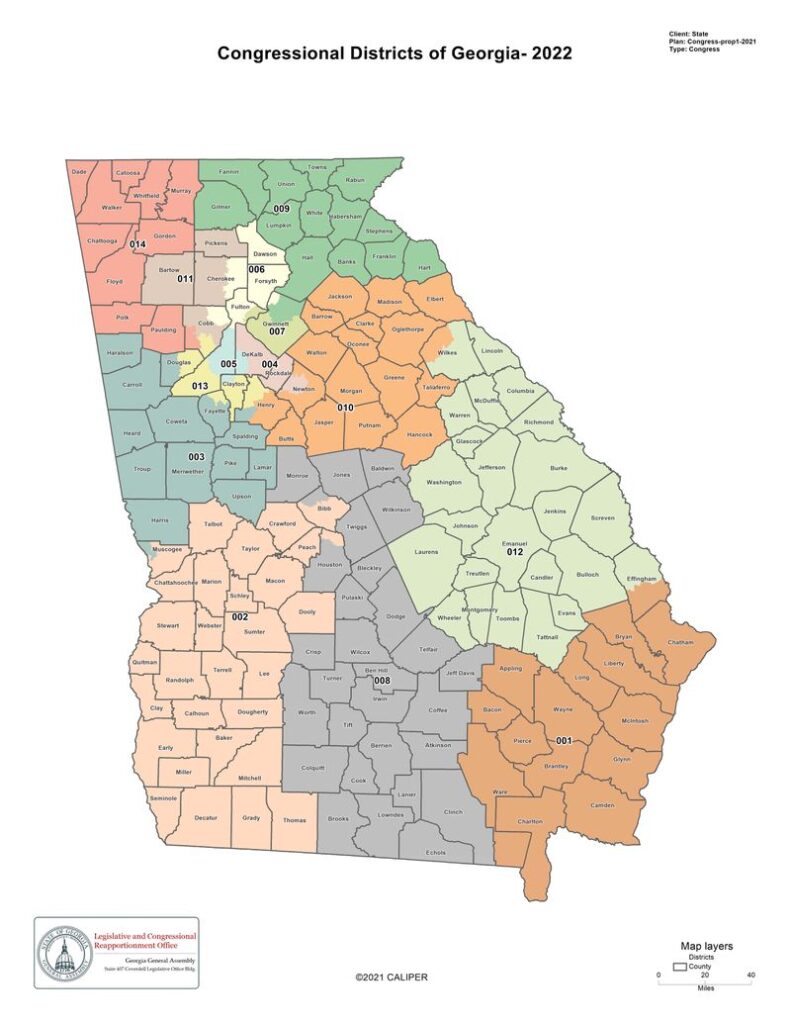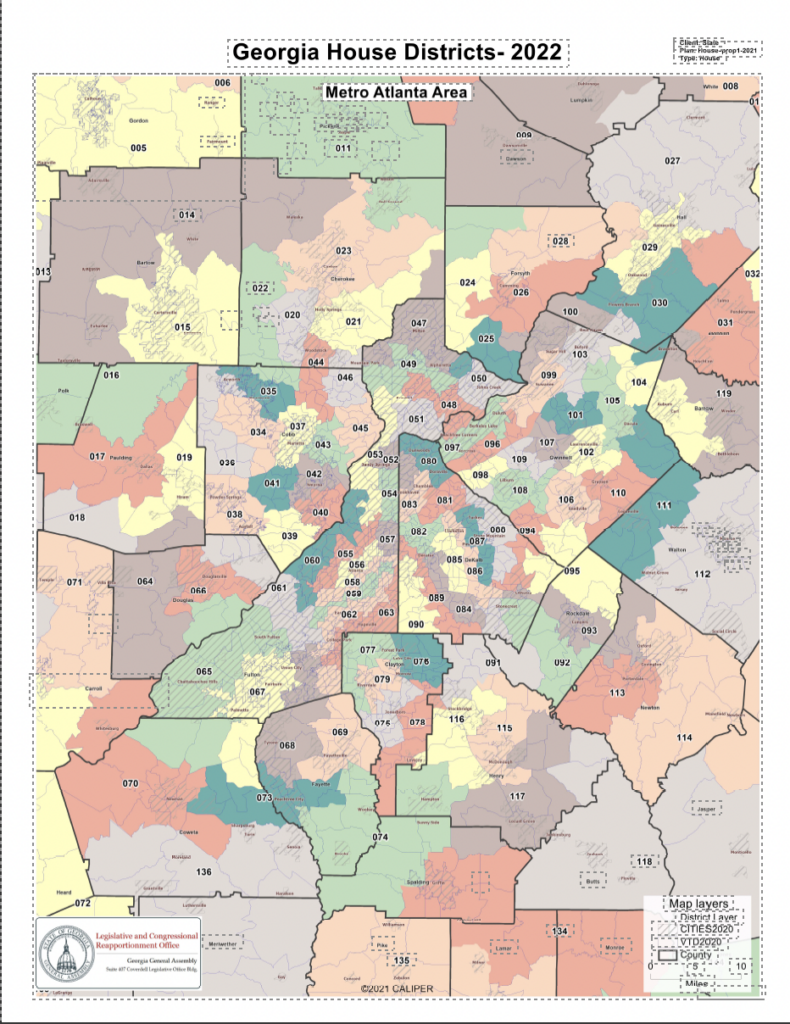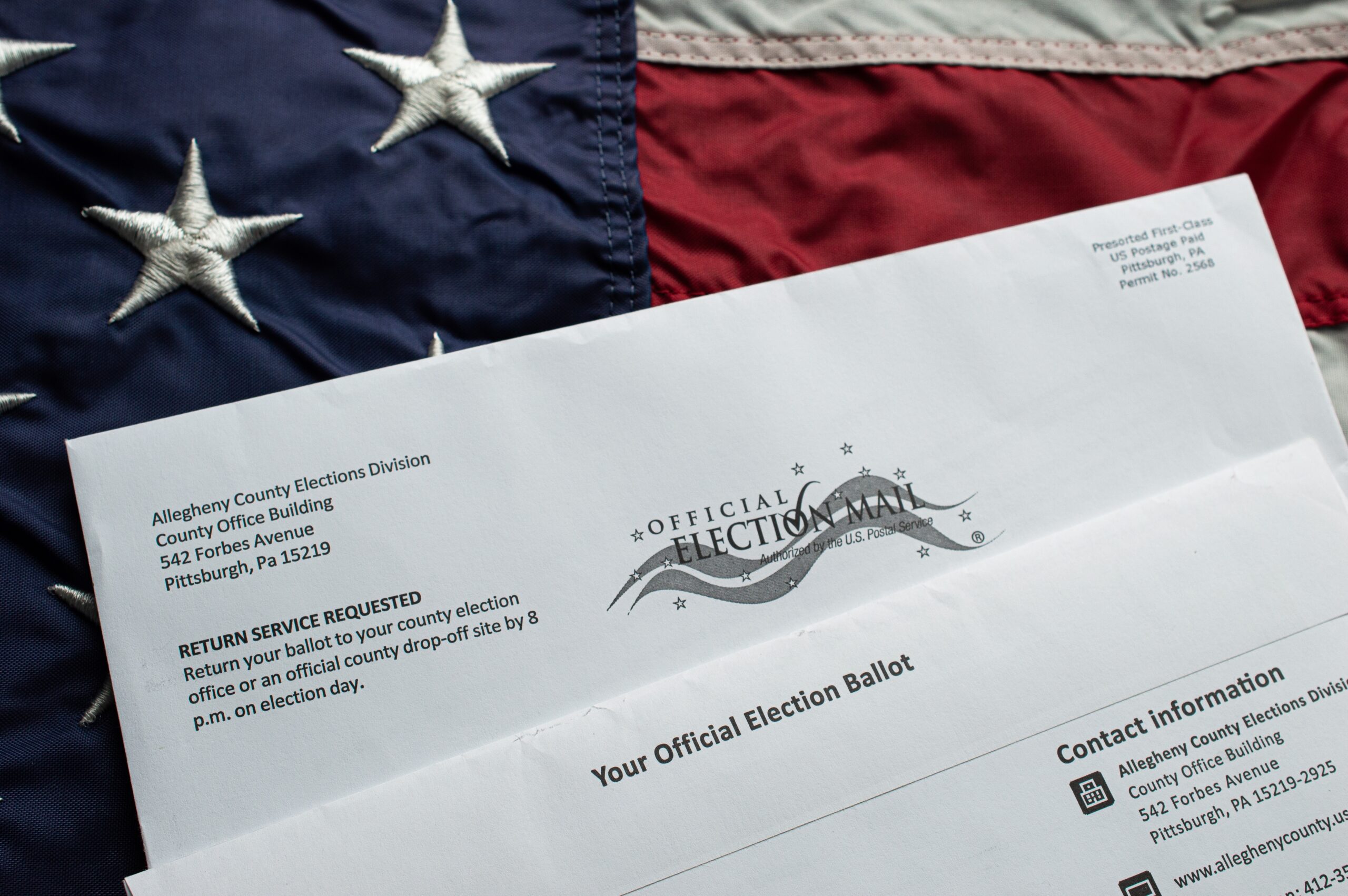Redistricting, redistricting, redistricting.
We’ve all heard about it. We’ve seen the topic thrown around in the media and the internet, but why is it important? What does it mean, and why should you care? Today we will break down redistricting so that you have an in-depth understanding. As the sophisticated voter you are, you deserve to be in the loop. Your vote does hold A LOT of power, and many voters have been kept in the dark on purpose. It’s time to bring light to the subject.
After reading this article, you will fully grasp the importance of redistricting, and most of all, you will understand the power you hold as a voter.
Redistricting Defined
Redistricting is the process in which new congressional (NATIONAL) and state legislative (LOCAL) districts are drawn.
Why and how often are these lines redrawn?
District lines are redrawn every ten years. These lines are redrawn to adjust for changes in a state’s population. States take data collected from the census and use this information to draw lines. The population count collected from the census also includes statistics on race, age, and Hispanic origin. This information is needed to determine who lives in what area, and based on this, maps are drawn to represent the people who live there. According to the 2020 census, most of the growth across the US was in communities of color. This means these groups should be represented more on voting maps.
How lines are drawn
According to Ballotpedia, states use a few different ways to draw voter lines.
Legislature-dominant:
“In a legislature-dominant state, the legislature retains the ultimate authority to draft and enact district maps. Maps enacted by the legislature may or may not be subject to gubernatorial veto (the mayor’s veto). Advisory commissions may also be involved in redistricting, although the legislature is not bound to adopt an advisory committee’s recommendations.” This means the dominant or ruling party draws the maps. This is the process used in Georgia.
Commission:
“In a commission state, an extra-legislative commission retains the ultimate authority to draft and enact district maps. A non-politician commission is one whose members cannot hold elective office. A politician commission is one whose members can hold elective office.” Here a non-partisan commission draws lines. This is a neutral body that analyzes the facts.
Hybrid:
“In a hybrid state, the legislature shares redistricting authority with a commission.” This is a mixture of both.
Voting Maps are broken into two different kinds: Congressional and Legislative
Let’s take a deeper look at each.
Congressional
According to Census.gov, “Congressional districts are the 435 areas from which members are elected to the U.S. House of Representatives.” These 435 areas are spread across The United States as a whole. Based on population, some states will have a lot of representatives while others will only have one. It is like this because there is a limit on how many people can be in the House of Representatives.
Congressional districts are all about population. Why give a tiny state a bunch of representatives when larger states hold most of the population? The idea is that more people need more representation to ensure their voices are heard. After the census is taken, states either lose or gain representatives. This act is called reapportionment.
Congressional redistricting maps break the entire state of Georgia into 14 big districts. Why 14? Because every district must have about 710,000 people in it, and Georgia has a lot of people, Metro Atlanta itself is broken down into a multitude of districts.

These districts must be contiguous, meaning sharing a common border. They can’t be random dots connected. Congressional districts are extremely important because the makeup of these districts will determine who will win an election.
State
Although Georgia only has 14 representatives on a national level, the state as a whole has 236 state reps in total. This number comprises 56 senators in the upper house and 180 representatives in the lower house. Because we are at the state level, these districts are much smaller, allowing for Georgians to have more representation.
Georgia is a legislature-dominated state which means the winning party draws the voting lines, which can be controversial. As you may have heard last year, republicans drew and approved voting lines that protected their majority. 36 out of 56 districts were drawn to be majority white, although most of Georgia and the country’s population growth was in communities of color. Only one district out of 56 is competitive between the two parties.


This year marks the first redistricting cycle in which Georgia is not covered by the civil rights act. This means the Department of Justice is not given permission to take a look at the voting maps before they are released to see if they are ethical. This includes ALL redistricting, especially at the county level. School districts are greatly impacted by this as well.
Your vote still has influence
Despite the current maps, people are still fighting for our right to vote. Georgia Redistricting Alliance, Common Cause Georgia, League of Women Voters of Georgia, and Georgia Youth Justice Coalition are all doing a lot of work to bring light to the issues present in redistricting. You can learn more about it via this Media Briefing about redistricting organizations: Media Briefing: All Redistricting Is Local.
The fact of the matter is that redistricting is very important, and your vote has an impact. We hope this brief explanation has provided you with a better understanding and that it has given you more insight into how important your vote is. Please consider voting in the primaries and general elections. You can find a list of the people running and when to vote here: https://www.wabe.org/candidates-for-2022-election-in-georgia-confirmed-as-qualifying-ends/
Just in case you didn’t know, the primaries are an opportunity to choose who will run against each other. You get to pick the Democratic or Republican you want to represent you. After that, in the general election, you get to pick who wins overall. Stacy Abrams is running for governor, Warnock is looking to be back in the Senate, and a plethora of things, such as school superintendent and district representatives, will be up for debate. If you want to make a difference, this is the time. Do your research. If you want to know what district you are in, look here: https://www.house.gov/representatives/find-your-representative
Once again, the people who made these maps are running for reelection, so don’t be discouraged. Please remember there is ALWAYS an opportunity to change the status quo.

0 Comments